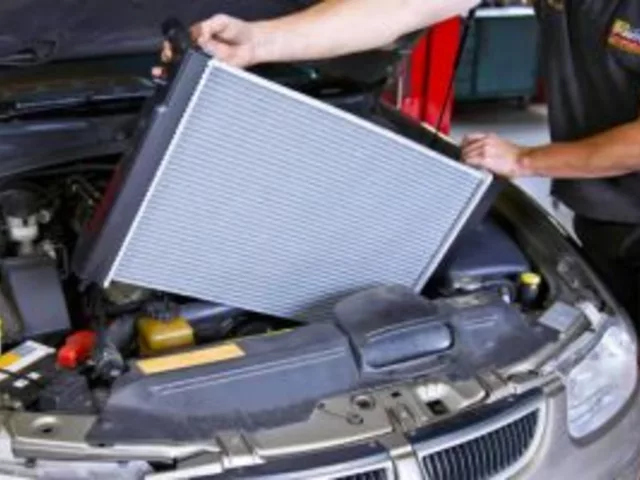Solo Test Drive: Simple Steps to Drive Confidently on Your Own
If you’ve ever wondered what it takes to tackle a test drive solo, you’re not alone. A solo test drive isn’t about showing off; it’s about getting a real feel for a car before you commit. Below are practical steps that get you on the road safely and with a clear head.
Prep Before You Even Turn the Key
Start with a quick visual check. Look for obvious dents, tire wear, and any fluid leaks. Open the hood and glance at the radiator – a dirty radiator can cause overheating, especially during a longer test drive. If the radiator looks crusty, note it and ask the dealer about a recent cleaning.
Next, grab the owner’s manual (or a digital copy) and skim the sections on controls. Knowing where the parking brake, headlights, and infotainment knobs are will keep you focused on the road rather than hunting for buttons.
Safety First: What to Do While Driving
When you sit down, adjust the seat and steering wheel so you can reach the pedals comfortably. A good rule of thumb: your knees should stay slightly bent at full press. Set your mirrors to eliminate blind spots – this simple move cuts down on surprises later.
Now, take a short drive around the parking lot. Test the brakes, steering response, and how the car accelerates. Listen for any odd noises – a rattling sound could hint at a loose part, while a smooth, quiet engine tells you the car is in good shape.Once you’re comfortable, hit the road. Keep your speed moderate; a solo test drive isn’t about hitting top speed, but about assessing handling, visibility, and comfort. Pay attention to how the suspension feels over bumps – is it too stiff, or does it soak up the road?
Don’t forget to check the infotainment system and climate controls. If you’re planning long trips, the air‑conditioning performance matters. A car that can’t stay cool in traffic will quickly become a headache.
During the drive, watch the fuel gauge. Some test drives start with a half‑tank, so you’ll see how quickly the car burns fuel in real‑world conditions. If you notice a sudden drop, flag it for the seller – excessive fuel consumption could signal engine trouble.
Finally, after the test drive, take a moment to note your impressions. Write down what you liked, what felt off, and any questions you have. This quick recap helps you compare multiple cars without relying on vague memory.
Solo test drives can feel intimidating, but with a clear checklist and a calm mindset, they become a useful tool for making the right purchase. Remember: the goal is to gather real‑world data, not to impress anyone with flashy driving.
So next time you’re handed the keys, follow these steps, stay observant, and enjoy the experience of truly getting to know a car before you decide. Happy driving!

Do car dealerships let you test drive by yourself anymore?
In my recent exploration, I discovered that whether a car dealership lets you test drive alone or not can vary. Some dealerships may still allow solo test drives, trusting customers with their cars, while others have shifted towards accompanied test drives for safety and insurance reasons. It's also prevalent for dealers to implement measures like checking your driving license or requiring a salesperson to be present during the drive. So, it's safe to conclude that solo test driving is not entirely extinct, but it's becoming less common due to increased precautions. Always check with the dealership's policies before expecting a solo test drive.
Categories
- Art & Culture News (5)
- Sports News & Analysis (4)
- Financial Markets & IPOs (3)
- Automotive Industry News and Analysis (2)
- Automotive Maintenance & Repair (1)
- Automotive News & Reviews (1)
- Film and Television Trivia (1)
- Sports (1)
- Science (1)
- Technology (1)


